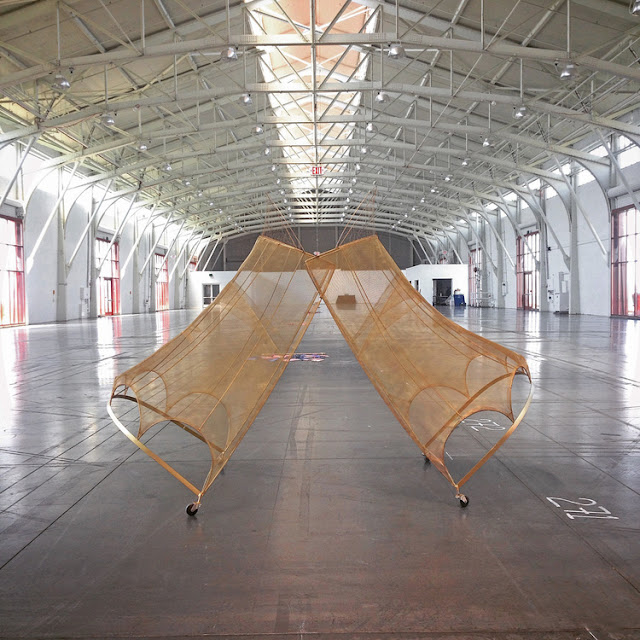Go Thin Or Go Home
A while ago, I wrote a blog post entitled, "The Smallest Solo Show at MoMA Ever?", highlighting a scale model I created while I was a studio assistant for Chuck Close, and he was asked to curate one of the museum's ongoing "Artist's Choice" exhibitions.
I know, I know, it's hard to believe I can work small-scale like that, or that I can write a blog post that is similarly succinct. But that's what I have for you today. Enjoy the aberration, brought to you by my having just finished a nearly immeasurable email.
Speaking of measuring, and piggybacking on yesterday's Japan-centric post,
A micrometre is a unit of measure. A tiny one, as you might guess. How tiny? Well, the width of a piece of copy paper is around 100 micrometres. The average human hair is around fifty.
A micrometre is so small that, in practice, in most English-speaking countries, including here the USA, the term "micron" has been adopted, perhaps because, at four syllables, "micrometre", seems disproportionately long to describe such a small unit.
In truth, "micron" is used to differentiate "micrometre" from the micrometer, a device used to precisely calibrate and measure small distances. So, henceforth, when you see the word micron, think micrometre. And when you think about the micron, think of a very, very, very narrow unit of measure.
Kind of like this aberrant post. Since you've no doubt just settled into your chair for another expected fifteen minute read, go ahead and click on the YouTube video below instead, which was shot in Kezuroukai, a yearly event held in various places in Japan, drawing woodworkers, blacksmiths and the like. Among meetings and other events, there's a competition for hand-planing wood, and the thinnest continual shaving wins.
And remember, as you watch this 10 minute video, made by Jesse de Geest, a.k.a. the Samurai Carpenter, that the width of an average human hair is 50 microns.



Comments
Post a Comment